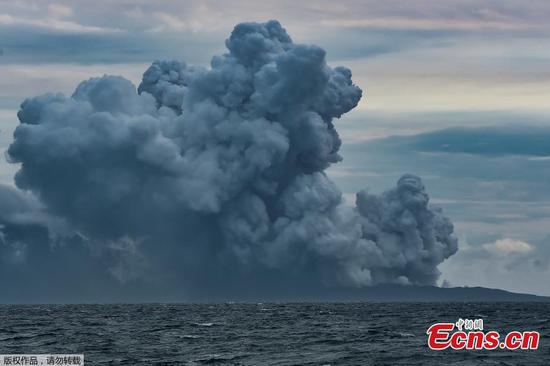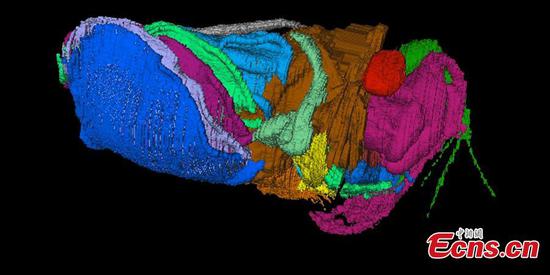A new research showed supernova which happened 2.6 million years ago may have touched off climate change and triggered mass extinctions of large ocean animals including Megalodon.
In an interview with Xinhua on Sunday, Adrian Melott, professor emeritus of physics &astronomy at the University of Kansas, said there could have been one or a series of supernovae happened, some 150 light years away from Earth.
Supernova is the explosion of a star that has reached the end of its life. It could briefly outshine entire galaxies and radiate more energy than the sun will in its entire lifetime. It is also the primary source of heavy elements in the universe.
According to NASA, supernova is the biggest explosion that humans have ever seen.
Melott, lead author of the paper which just published in Astrobiology, said three kinds of seabed deposits, including iron-60 isotopes, provided the "slam-dunk" evidence of the timing and distance of supernovae.
There was no other way for iron-60 to get to Earth but from a supernova, he said.
Melott's team has been doing research on this for about 15 years.
The supernova energy that spread layers of iron-60 all over the world also caused penetrating particles called muons to shower Earth, causing cancers and mutations, especially to larger animals.
"We estimated the cancer rate would go up about 50 percent for something the size of a human. And the bigger you are, the worse it is. For an elephant or a whale, the radiation dose goes way up," he said.
A supernova 2.6 million years ago may be related to a marine megafaunal extinction at the Pliocene-Pleistocene boundary, where 36 percent of the genera were estimated to become extinct, according to the research.
"High energy muons can reach deeper in the oceans being the more relevant agent of biological damage as depth increases," said the paper.
"One of the extinctions that happened 2.6 million years ago was Megalodon," Melott said. "We can speculate it might have something to do with the muons. Basically, the bigger the creature is, the bigger the increase in radiation would have been."


















































